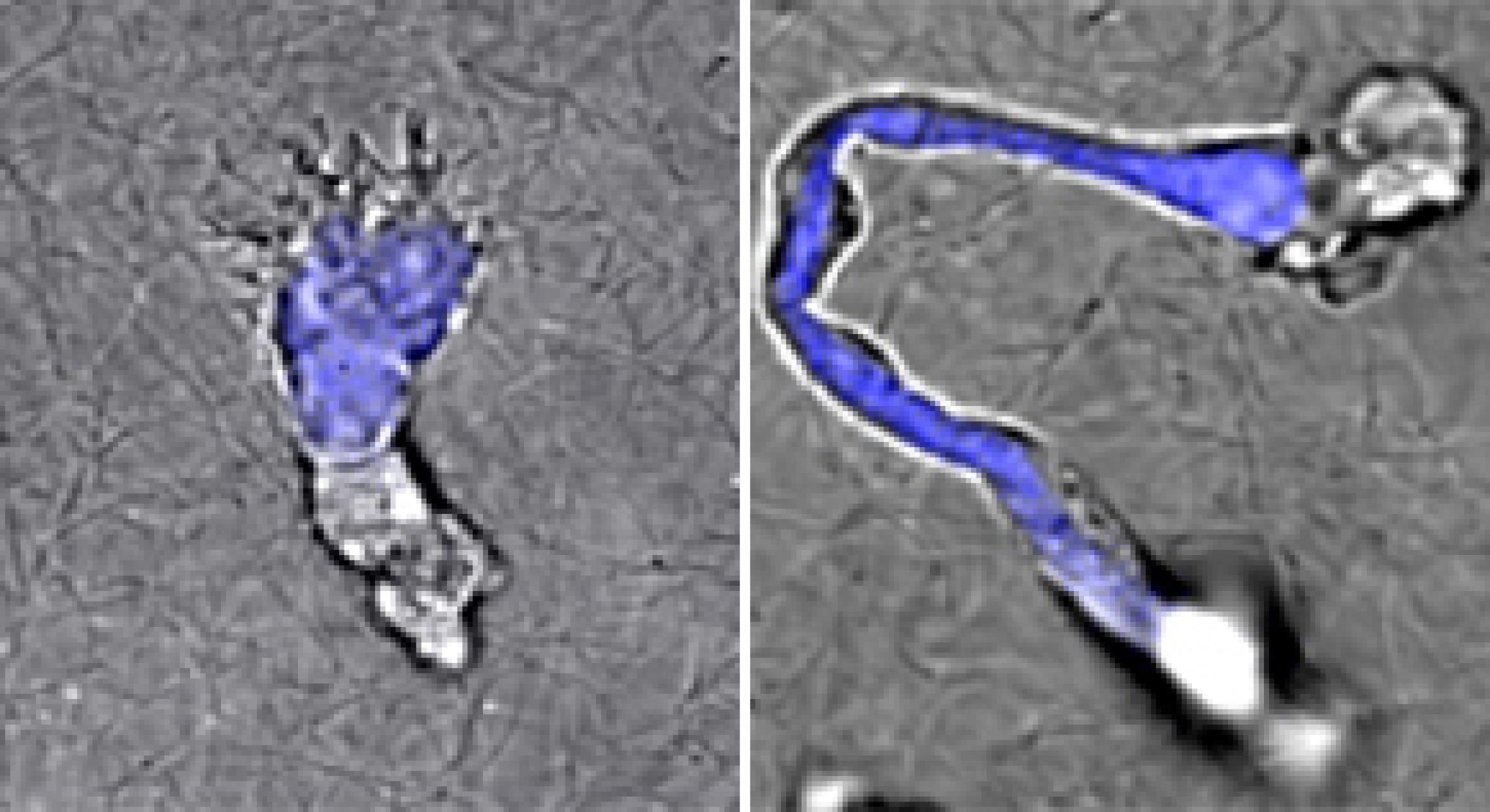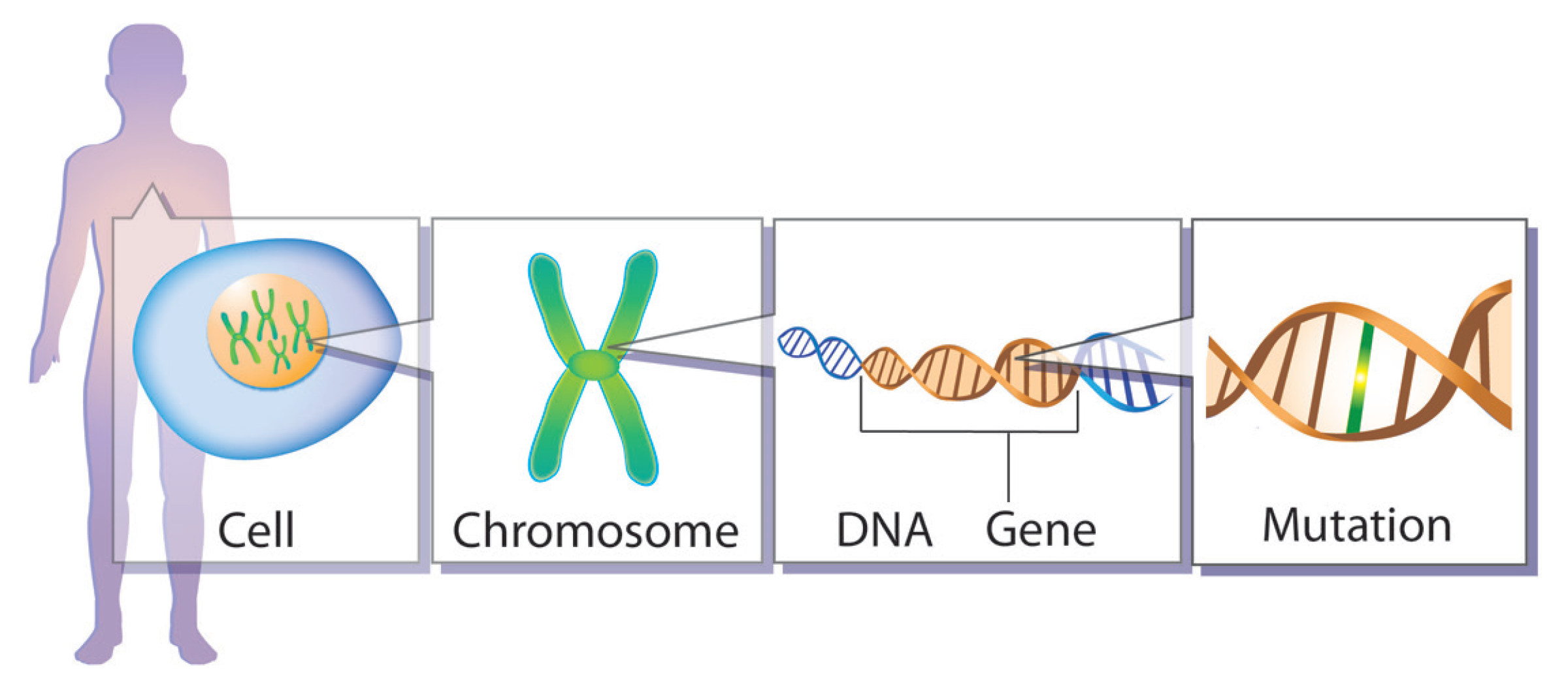DOCK8 deficiency is a rare immune disorder named after the mutated gene responsible for the disease. NIAID researchers discovered the cause of DOCK8 deficiency in 2009. People with this syndrome have lower-than-normal numbers of immune cells, which have a diminished capacity to move through dense tissues like the skin. These abnormalities lead to recurrent viral infections of the skin and respiratory system. People with DOCK8 deficiency also typically have allergies, asthma, and an increased risk for some types of cancer.
DOCK8 deficiency is associated with very high levels of an antibody called immunoglobulin E, or IgE. The syndrome formerly was known as autosomal recessive hyper-IgE syndrome, or AR-HIES. DOCK8 deficiency is one of many hyper-IgE syndromes.
Discovery of DOCK8 Protein Function
In 2014, NIAID scientists discovered that the DOCK8 protein is required for certain immune cells to move through dense tissues without fragmenting and dying. When the DOCK8 protein is mutated, immune cells cannot reach and clear viral infections in the skin, likely accounting for the distinct skin infections seen in people with DOCK8 deficiency.
Treating DOCK8 Deficiency Research
NIAID researchers continue to investigate the normal role of DOCK8 to identify better treatments for people with the disorder. Watch a video on DOCK8 deficiency research at NIAID.




